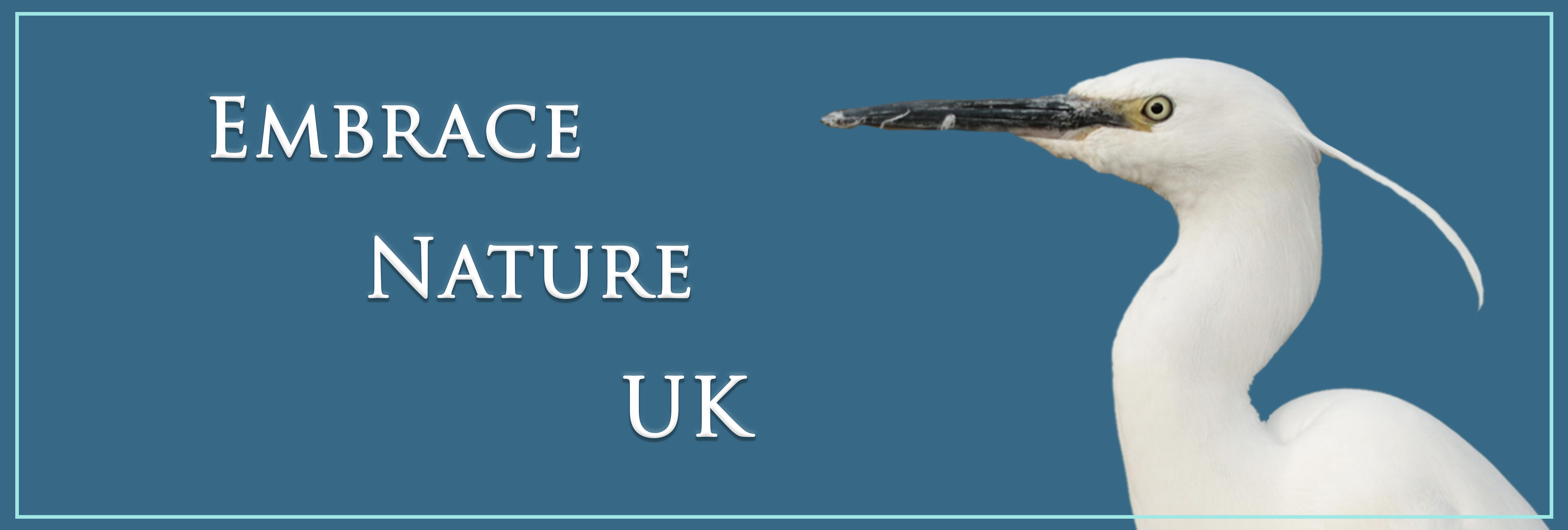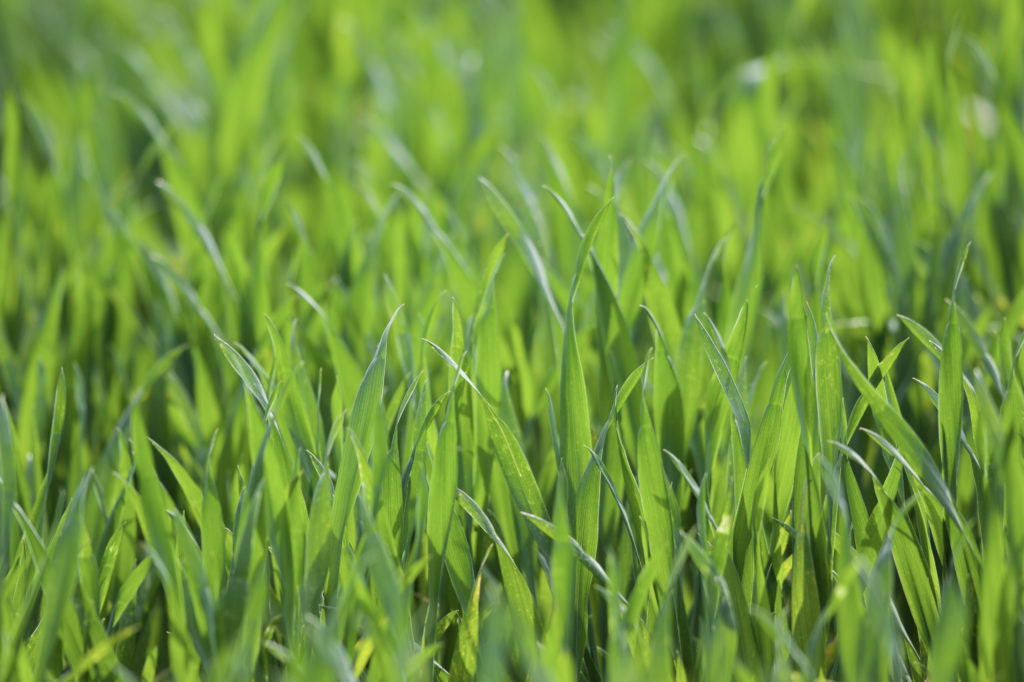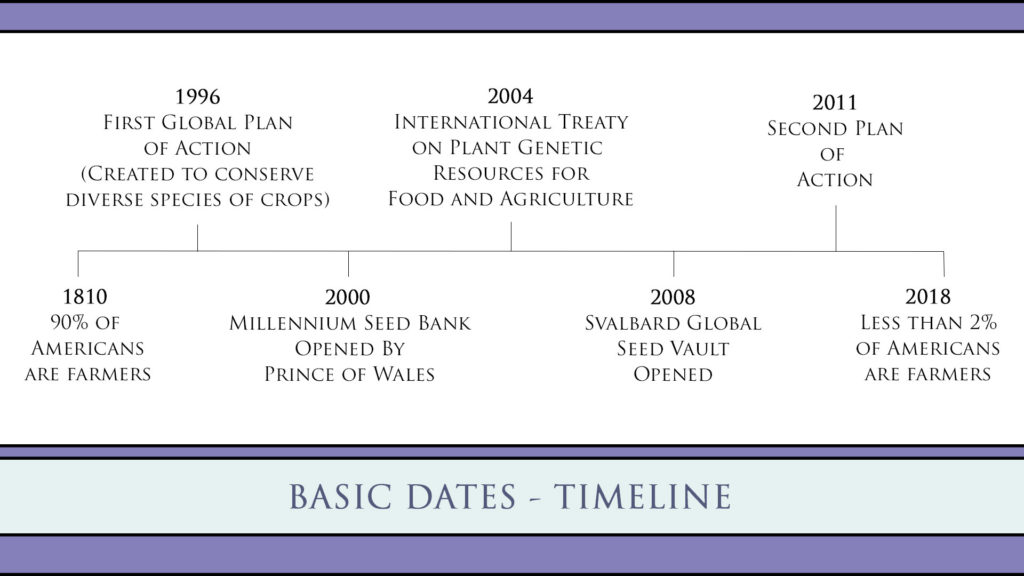End of the world events make for great Hollywood films and feel thoroughly unrealistic, but this doesn’t mean that scientists across the world aren’t preparing for it in real life. As John Wyndham stated in ‘The Day of the Triffids’, “the path of safety started to shrink to a tightrope along which we had to walk with our eyes deliberately closed to the depths beneath us.” You might feel that with the issues facing the environment, the quote is remarkably relevant to life on Earth now. Contrary to ‘The Day of the Triffids’ though, we are not in fear of attack from plants, but rather in fear of losing the plants that exist on this planet and are themselves walking that tight-rope.
Scientists may have a part of the answer with seed banks. With a target of preserving 75 percent of plant species by 2020 you might think that they have much of the problem solved. However, it has come to light in the news that there are a number of species that cannot be saved using seed banks; therefore making it difficult or potentially impossible to reach this target.
There are 1750 seed banks in the world that store a range of seeds at temperatures of (usually) -18ºc to prevent events in the world bringing those species to extinction. The back-up to these seed banks is located in Svalbard in a building that wouldn’t look out of place in the X Files. It acts as a sort of Noah’s Ark for plant-life but appears not to be the solution for all plant species.
Scientists will not give up the fight for the future of plant-life (and consequently us) though. The key to success may lay in cryopreservation. This process involves freezing a seed’s embryo in liquid nitrogen at the much colder temperature of -196ºc. This process is already used for human brains with the hope that one day science will be able to bring people back to life. It has been tested previously without success with plant-life in mind though it’s believed that after 2020 we may be in a better position to try again. The fear is that without a reasonable strategy and the dangers of climate change (amongst other things) the human race could be left unable to feed ourselves.
With this in mind, failure is not an option but science often comes through and with new discoveries on a regular basis who knows what the future holds? Perhaps we can take some comfort in knowing that elements of science fiction aren’t fiction at all and are already being put into practice in facilities across the world.
USEFUL LINKS
Independent Article 03/11/2018
Kew Royal Botanic Gardens – Millennium Seed Bank
The Economist Article – “Banking against Doomsday”




